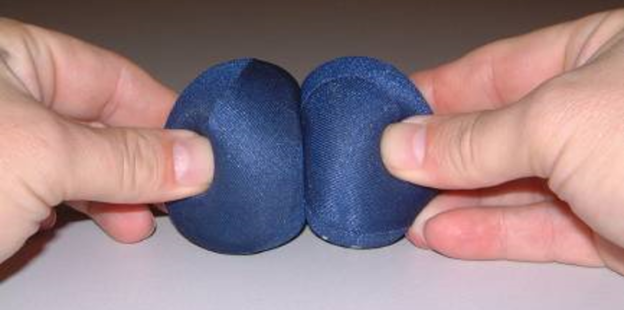Wooden Truss 2D
Model Description This is a simple demonstration to introduce the basic principles of truss behavior and analysis. It will show how the shape of a truss—and not necessarily its weight/material—determines its stability. A simple truss design will be used to show that triangles are the important stability shape used in trusses rather than squares or […]


